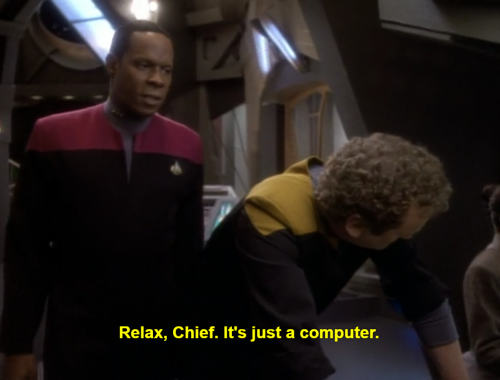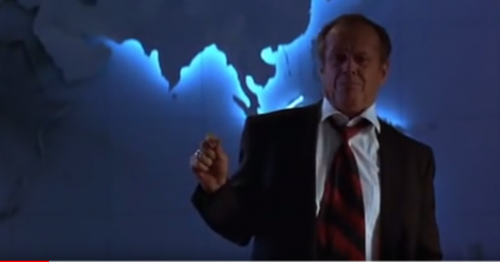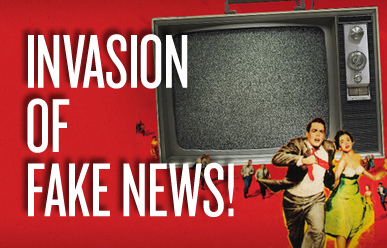
The Intercept’s Zaid Jilani asked a really good question earlier today: Why Don’t the 20 Cities on Amazon’s HQ2 Shortlist Collectively Bargain Instead of Collectively Beg? Amazon is looking for a place to put its second headquarters and cities have fallen over each other to provide some startlingly desperate concessions to lure the tech giant. Some of the concessions, like Chicago’s offer to essentially engage in wage theft by taking all the income tax collected from employees and hand it back to Amazon, make it unclear what these cities actually gain by hosting the company. The reason that city mayors will never collectively bargain on behalf of their citizens is two fold: 1) America lacks an inter-city governance mechanism that prevents cities from being blackballed by corporate capital and 2) most big city mayors are corrupt as hell and don’t care about you.
In 1987 urban sociologists John Logan and Harvey Molotch put forward the “Growth Machine” theory to explain why cities do not collectively bargain and instead compete with one-another in a race-to-the-bottom to see which city can concede the most taxes for the least gain. The theory is rather straightforward: cities may have one or two inherent competitive advantages that no other city has, but beyond that you can only offer tax breaks. Maybe you’ve got a deep water port that big container ships can use, or you’re situated at the only pass in a mountain range. Other than that, location is completely fungible. All that’s left is tax policy and land grants. more...









